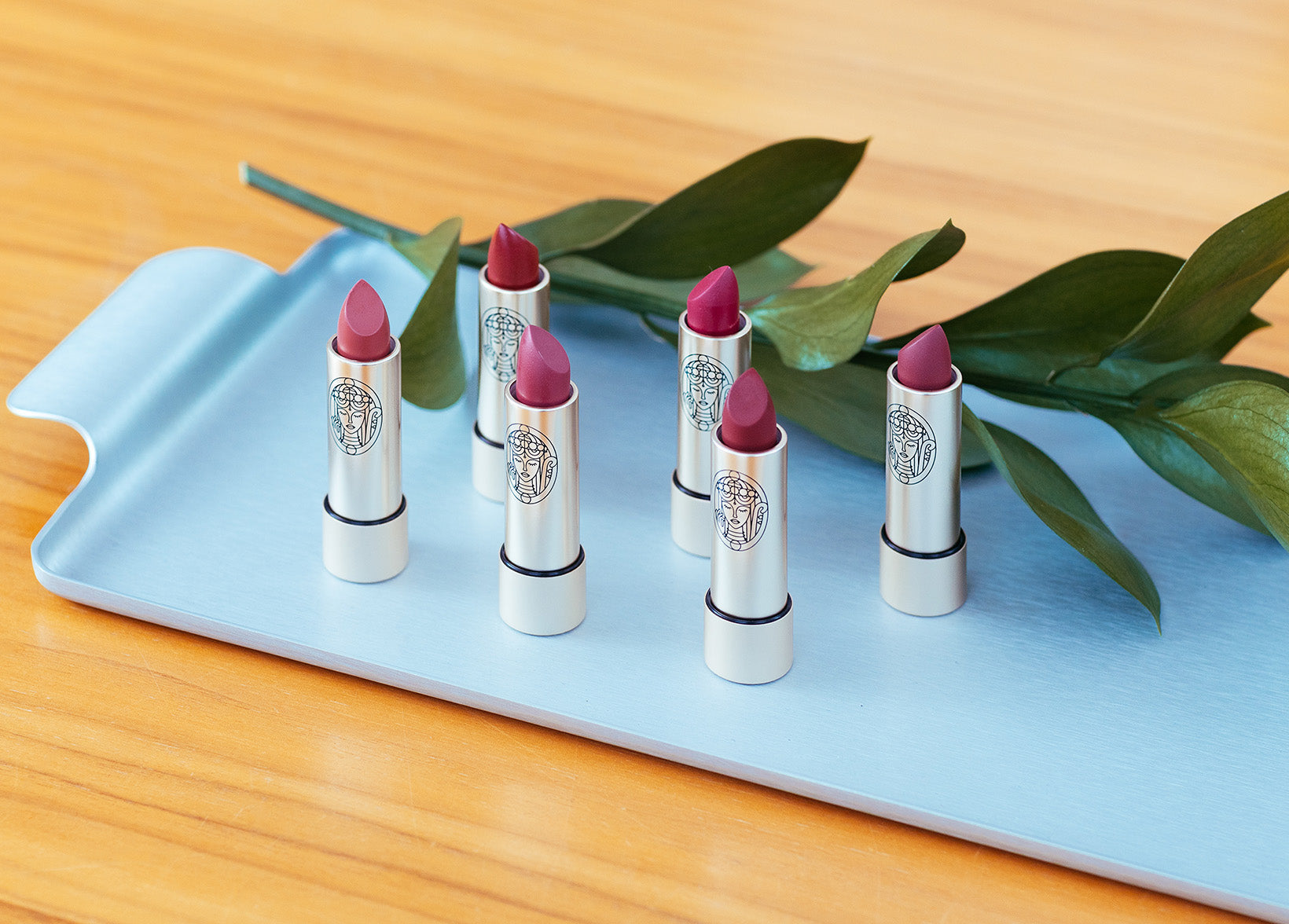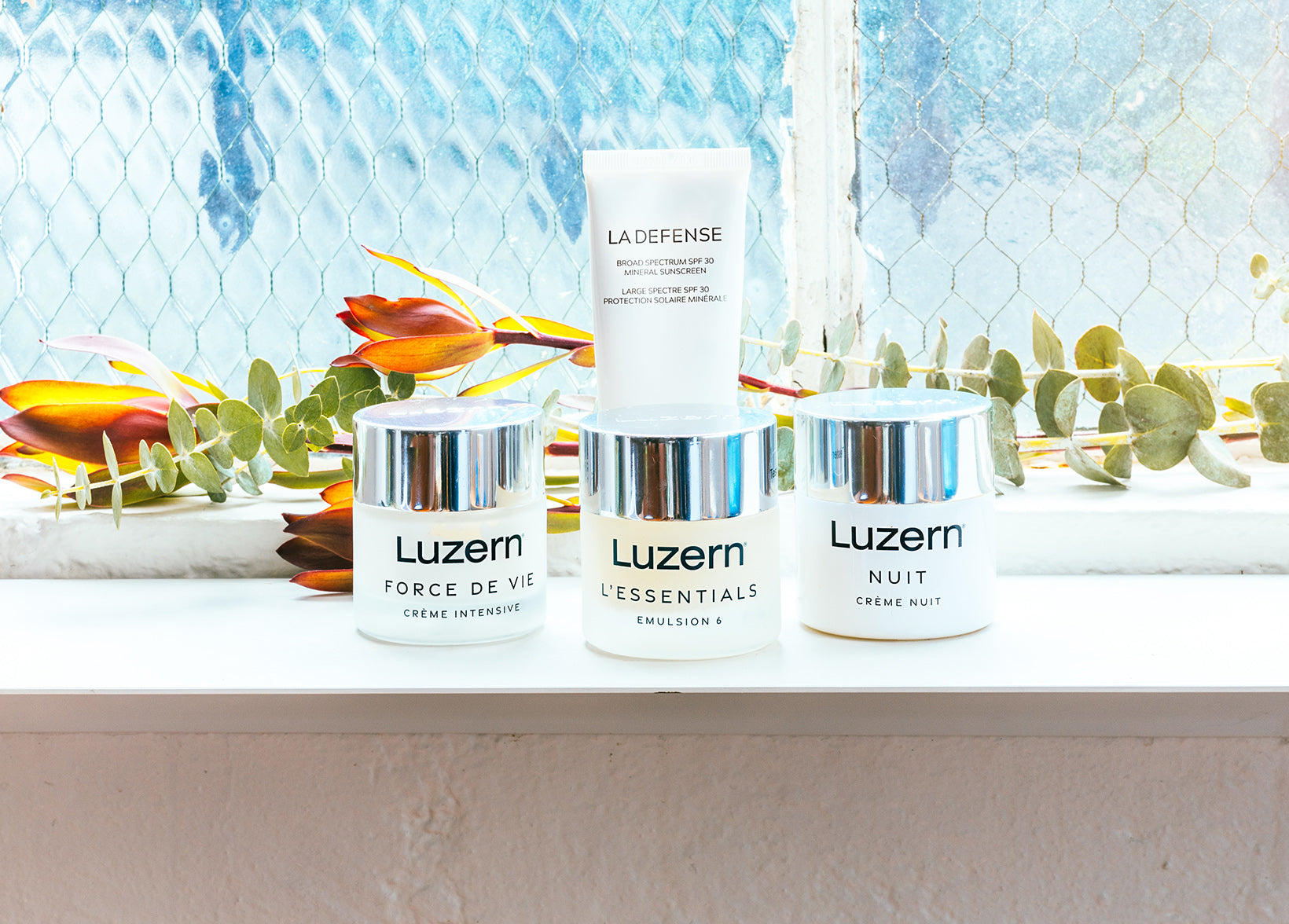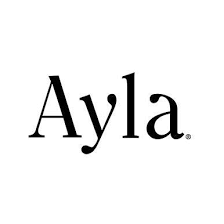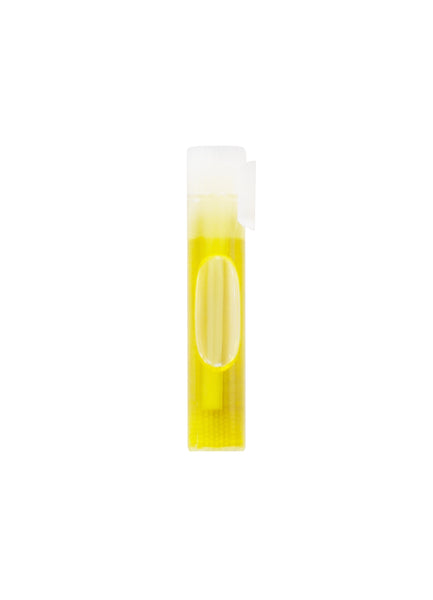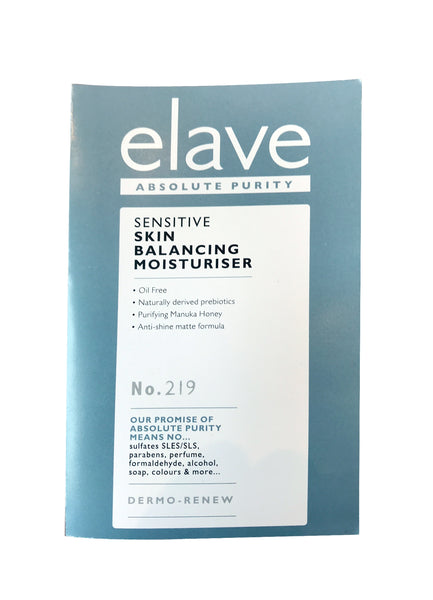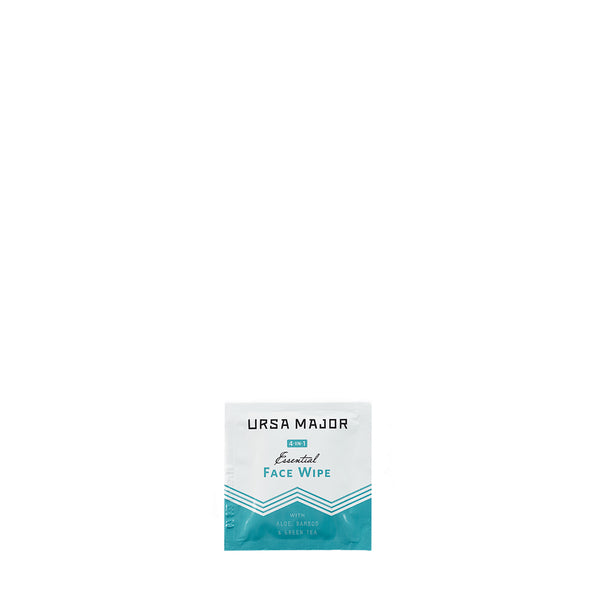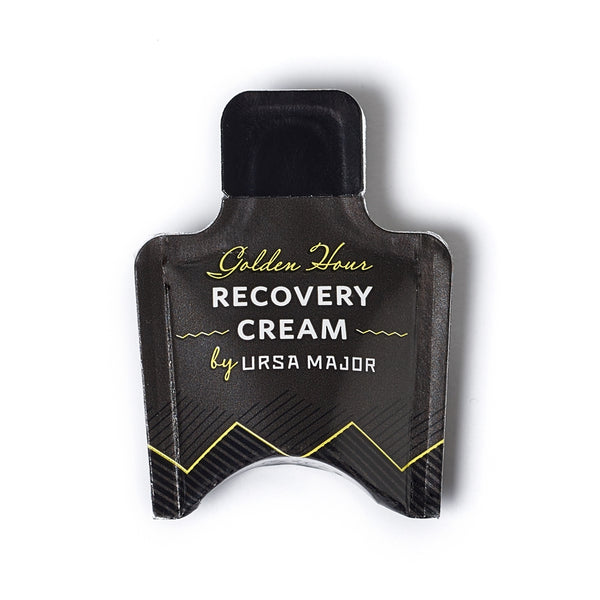Recent Articles

Ah, the air-dry. It sounds so easy, so carefree, so insouciant — yet the sheer unpredictability of the process from one air-dry to another can be so maddening.
Still, giving hair a break from hot tools is always a good idea. It’s beneficial for the health of your hair; in warmer climates, it makes the heat slightly more bearable; and having an air-drying backup plan can greatly simplify packing for your next trip, since one can't always count on a great hotel hair dryer.
Plus, while it won’t exactly save you time — waiting around for your hair to dry isn't always convenient, especially if you have longer or thicker hair — it’ll save you active time, so you can do other things (work, reading, belated spring cleaning) while you wait.
And here's a bonus reason: not-overly-done hair is just the look these days. We realize, however, that the modern, not-overly-done look you want does not also announce, “I air-dried my hair, and it is a fuzzy mess, hence the bun.”
So, we’ve scoured all the resources we could find and put together the list of air-drying tips below to help you avoid as many of those incidents as possible.
Important side note: every head of hair is different. There are also endless permutations of water softness/hardness, amounts of styling product used, and differences in climate that will (sorry) require you to do a little experimentation. But we hope this guide will get you far enough so that the little experiments have a far greater chance of success.
***
Step #1: Moisturize! (This starts in the shower.)
If you struggle with frizz or poof when you air-dry, part of the reason is that your thirsty hair gets VERY excited about humidity in the air. Think of it exclaiming, “Ooh, ooh, I want some of that moisture!” Then, in its zeal, it absorbs a little too much, and…poof. Use a great conditioner and/or hair mask so those strands start off less thirsty right out of the shower.
If you have very fine, thin hair and don’t regularly use a conditioner, just try using a good, moisturizing but volumizing shampoo, and move on to tip #2.
But first: before you get out of the shower, rinse with cool water if you can stand it. It’s an old-school tip for shine, and it does tend to work.
Step #2: Detangle, gently, with the help of the right products
Next, apply a detangler for added moisture without weight while you gently detangle your hair, either with your fingers or with a wide tooth comb like TEK’s.
We agree with EVOLVh founder Boris Oak, who says, “Leave-in conditioners are everyone’s best friend in the summertime,” and this can be true for air-drying year-round. If your hair is frizz-prone, curly, or wavy, definitely don’t skip this step. We love Biofficina Toscana’s Anti-Frizz Lotion; other favorites are EVOLVh’s SmartStart and Smartcurl Leave-Ins.
And if you have very fine, thin hair, try a product like SmartVolume or InstaVolume Elixir. This will condition your hair while giving it a volumizing boost.
Step #3: Squeeze excess water from your hair (see recommended amounts below) using a hair towel.
In the effort to minimize frizz and fuzz, a hair towel is key: it will reduce friction on your hair. If you don’t have one, you can use an old t-shirt or paper towels, but we highly recommend this one from Boucleme. Squeeze, please! Don’t rub.
How dry your hair should be before applying air-drying styling product is a matter of much debate: some say it should sopping wet, some say it should 60% dry. We say it depends on your hair texture.
- Fine hair often benefits from styling product applied to hair that’s 50-60% dry, since too much water left in can leave hair flatter than usual.
- Medium to thick hair that’s straight or a bit wavy could be towel-squeezed to about 25% dry before applying product.
- Wavier or curly hair often benefits from styling products applied to very wet hair. You’ll still need the special towel, though, in Step 4.
Step #4: Apply any other styling products you need to the lengths and ends of your hair, starting off with a small amount and avoiding the scalp. (For the scalp, use a scalp serum from TWELVE, EVOLVh, Reverie, or Augustinus Bader.)
If your hair is fine and you want more volume, look for lighter-weight products that will give it a boost: salt spray, mousse, or styling cream if your hair is shorter.
If your hair is thicker (thick, coarse hair is especially prone to frizz), you can opt for something a little heavier, like a cream or an oil. The Hair Repair Cream from Biofficina Toscana is an air-drying game changer; so is this oil from EVOLVh.
Curls and waves often appreciate a product with hold for definition and further protection against humidity – a gel, like this one we love from Boucleme; a curl cream, like this one (they know their curls); or a mousse, like this super-volumizing one. After applying product and twisting it into your curl pattern, scrunch up from the bottom with a hair towel or paper towel to remove excess water and prevent continuous dripping (or plop your curls in a hair towel) — this typically allows for bouncier curls.
Step #5: After you’ve put your hair in the position in which you want it to dry, don’t touch!
We know, this is so hard, especially if you have longer hair; it may be easier if you put it in loose braids or loops, or even a bun. And, if you tend to get flatter hair on top and frizz on the bottom, you can try this fun technique, which just requires some hair clips.
Whatever you do, don’t touch until it’s almost fully dry!
Step #6: Once your hair is fully dry — or, OK, at least 75% dry — finish with some hair oil or a touch of leave-in conditioning cream to keep frizz fully at bay.
Our favorite finishers: The Standard Hair Oil from EVOLVh, Reverie's RAKE, or a dab of whatever conditioning cream you used earlier.

